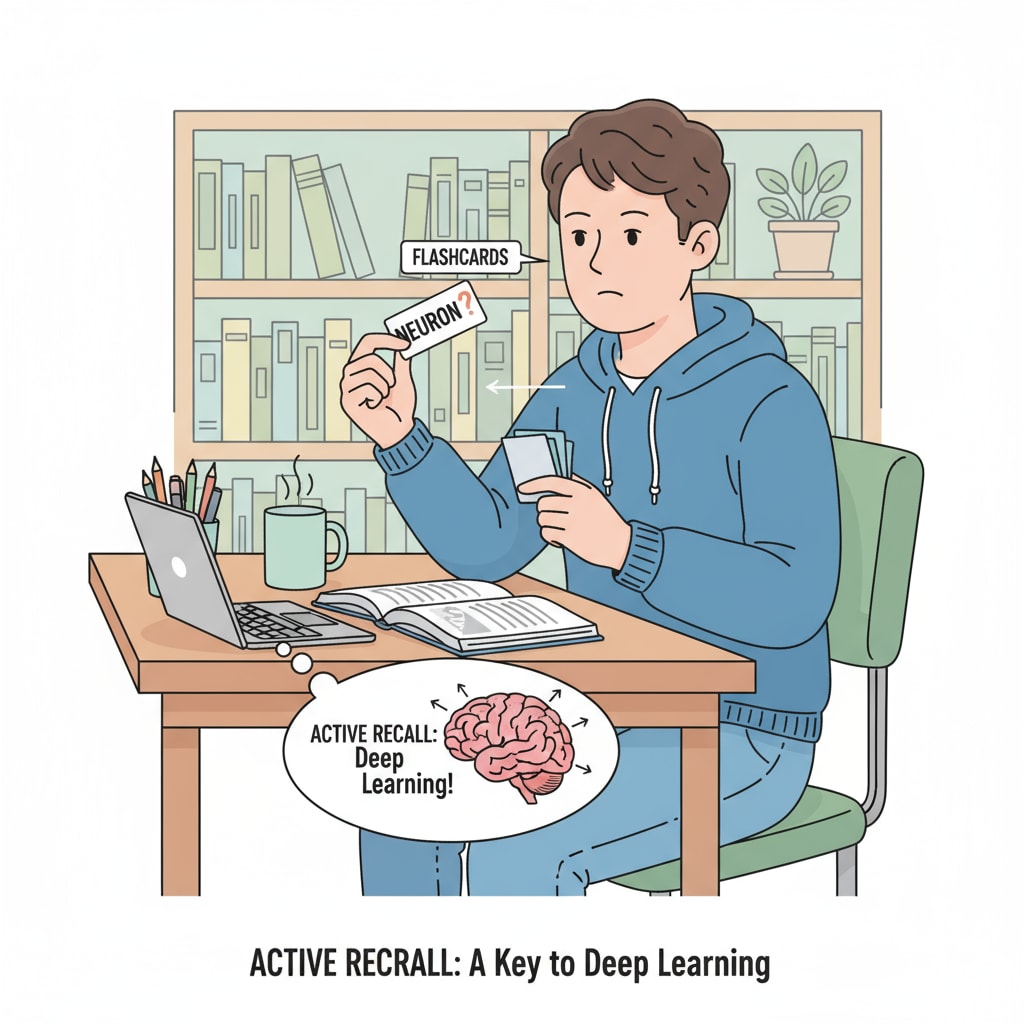In the realm of K12 education, the concepts of superlearning, learning methods, and deep learning have taken center stage. As we strive to equip students with skills that last a lifetime, it’s crucial to understand how these ideas intersect. The book “Superlearning” presents nine strategies that can revolutionize the way students learn, moving beyond the surface-level ‘quick test-taking’ approach.

The Foundation of Superlearning
Superlearning is not about speed in the traditional sense. It’s about immersive, focused learning that leads to true understanding. According to Wikipedia’s page on learning, effective learning involves more than just memorization. In K12 education, this means creating an environment where students can explore topics in depth. For example, instead of simply rote-learning historical facts, students can analyze the causes and consequences of events, fostering critical thinking skills.
Learning Methods for Deep Understanding
One of the key strategies in “Superlearning” is the use of spaced repetition. This method, as described on Britannica’s learning theory page, involves reviewing information at increasing intervals over time. In K12, teachers can incorporate this into their lesson plans. For instance, in language arts, students can review vocabulary words at spaced intervals, enhancing long-term retention. Another important method is active recall, where students actively retrieve information from memory. This can be achieved through quizzes and self-testing, promoting deeper learning.

Another aspect of deep learning in K12 is the application of knowledge. When students can use what they’ve learned in real-world scenarios, it solidifies their understanding. For example, in science classes, conducting experiments or analyzing environmental data helps students see the practical implications of theoretical concepts.
Readability guidance: By using spaced repetition and active recall, students are more engaged in the learning process. These methods break down complex topics into manageable parts, making learning less overwhelming. Teachers and parents can play a crucial role in guiding students to adopt these effective learning strategies.


